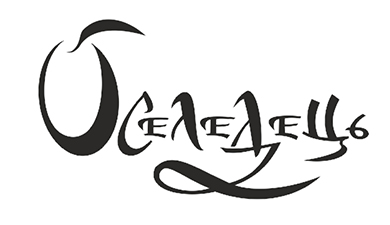My journey to the Dragon’s Den
Sometimes roads bends for the strangers only alluding the way. Legends remind us of something almost forgotten. The lace made out of these woven stories is lost somewhere in the coffee grounds stains on the sides of the cup.
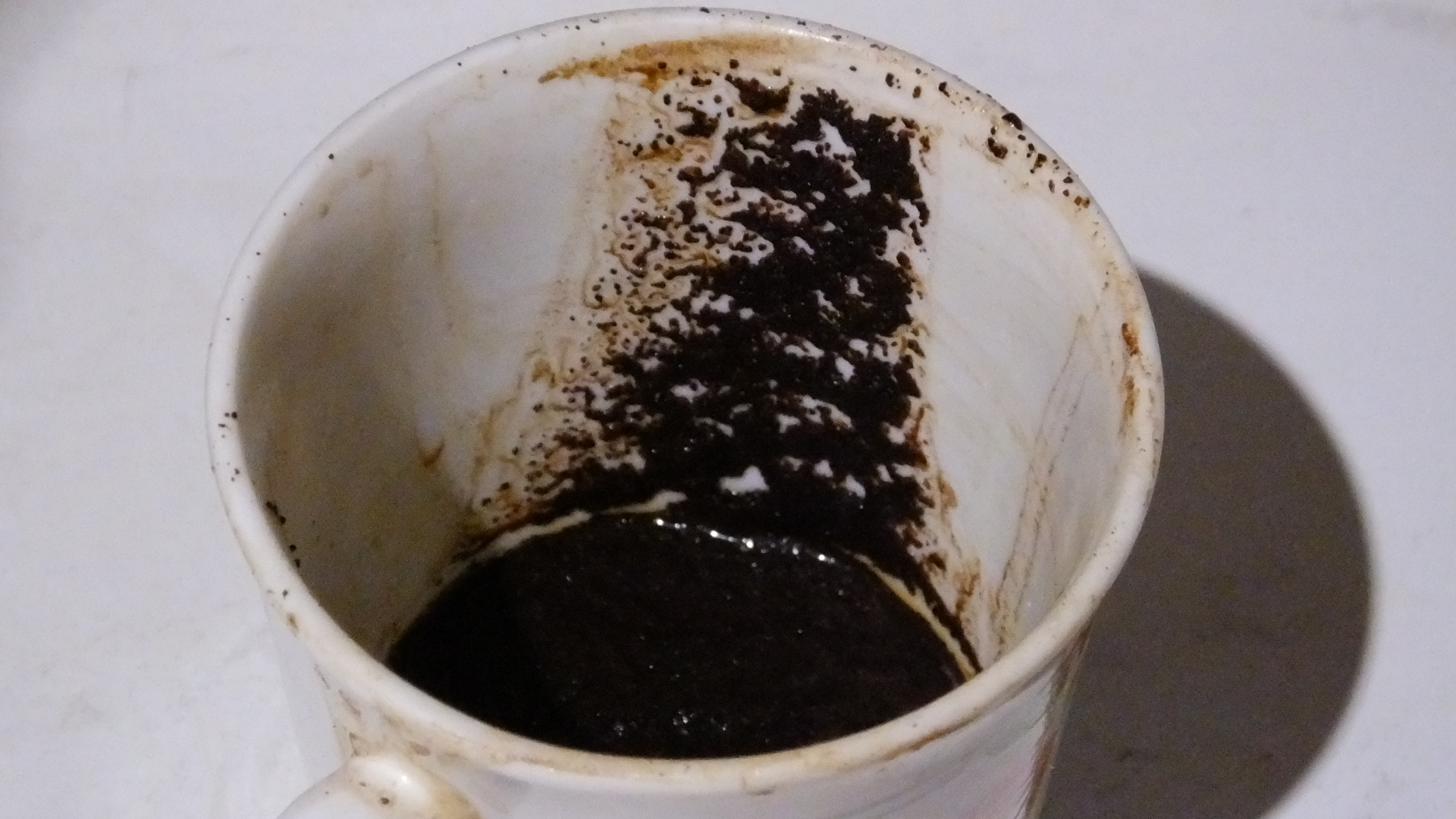
The distant land was mesmerizing, and the closer it got, the more it merged in time with the past.
The past was so far away and gray that it could slowly move from the muggins into unknown, being a trap and an abyss for fools, and yet has appeared as a gold mine just for a few.
When I arrived to Transcarpathian Nevitsky Castle, I completely forgot that it was located on an extinct volcano, so such places may harbour precious metals
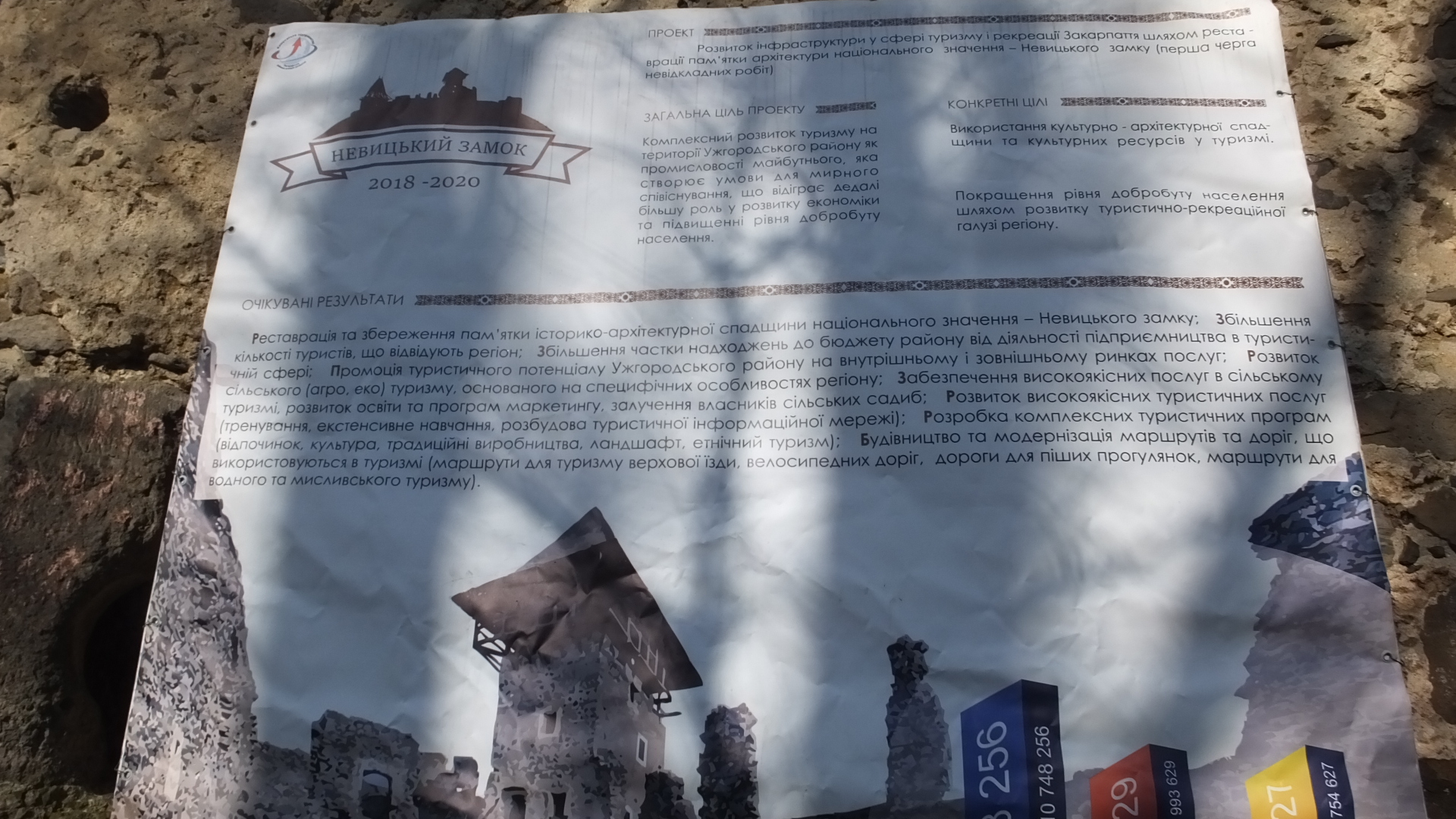
I couldn’t find the entrance to it’s highest tower without the roof, which has been overthrown by a thunderstorm and later researched that it was walled-up during the last conservation.
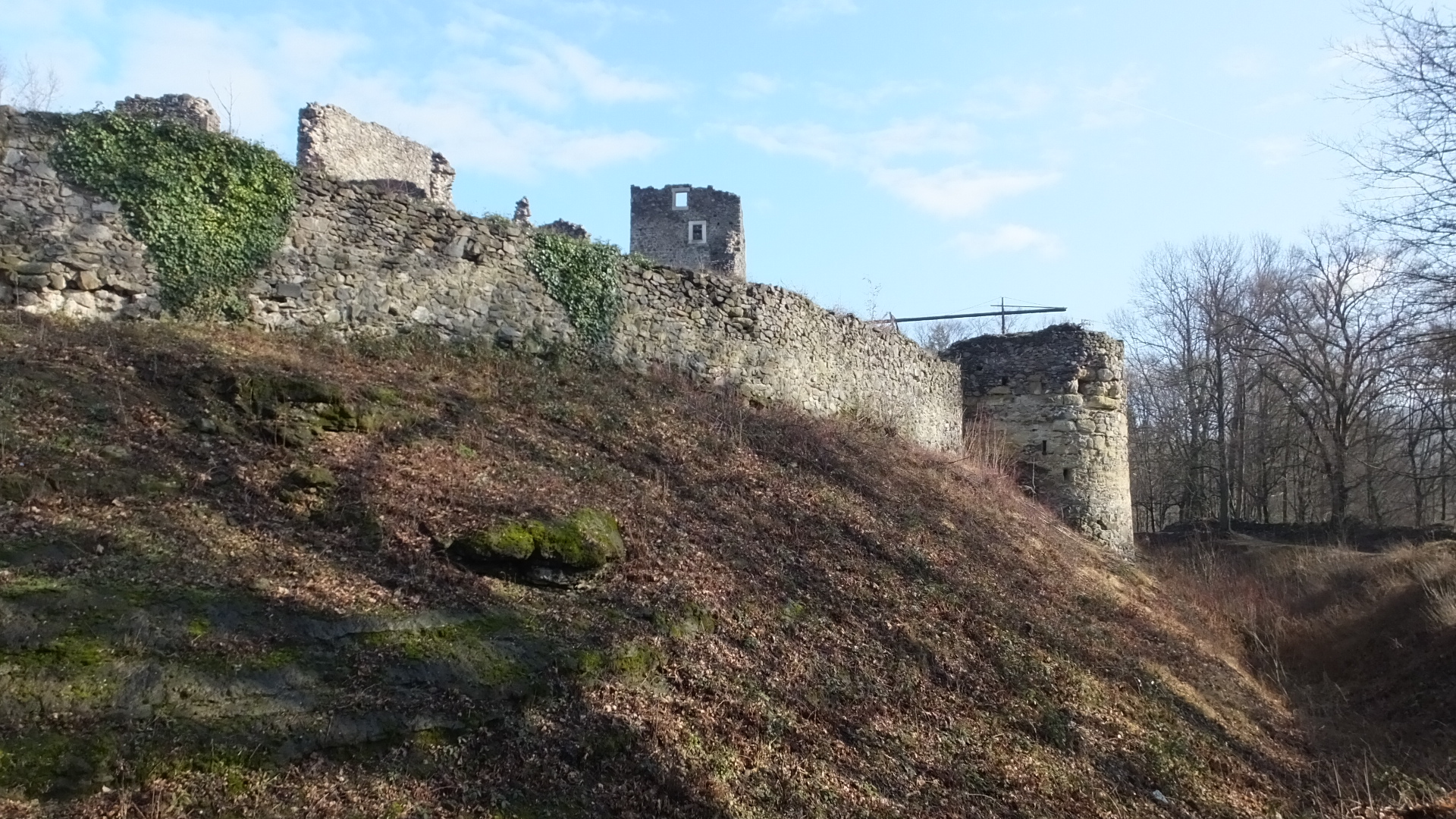
Historically the castle at last was ruined forever around 1644, in the battle on religious background, by George II Rákóczi, who was a Prince of Transylvania, to which Transcarpatian land had belonged at that time.

Thaler of George II Rákóczi showing his portrait and coat of arms (1660) Classical Numismatic Group, Inc. http://www.cngcoins.com
As noble representative of calvinism movement, he was fighting against Poland at that time, and the castle destroyed by him, belonged to Roman Catholic Drugeths family.
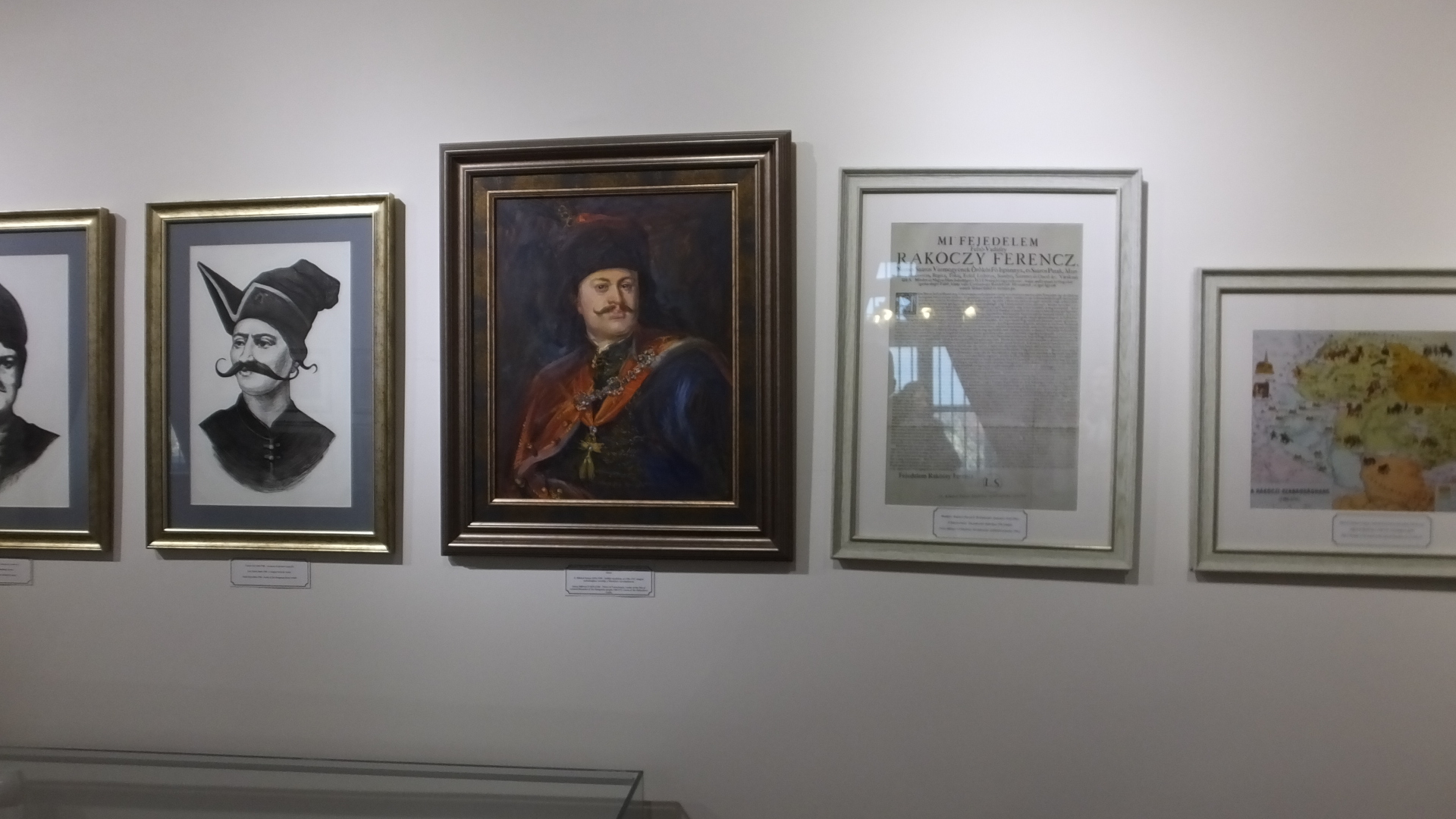
When later, I was visiting Uzhgorod castle museum, the portrait of his descedent Prince Francis (Ferenc) II Rákóczi caught my attention for a reason – it is believed that the mysterious Count of St. Germain was his son.

1437 German raised embroidery dragon. Source: http://medieval.webcon.net.au/period_15th_c.html
Interestingly enough that also the prestigious emblem of the Order of the Dragon from which Prince of Wallachia Vlad II Dracul, the father of Vlad the Impaler, took his name, after it’s founder’s Sigismund’s death in 1437, was retained on the coat of arms of several Hungarian noble families, such as: Báthory, Bocskai, Bethlen, Szathmáry, Benyovszky, Kende with aforementioned Rákóczi eventually.
Ostap Khmarny
